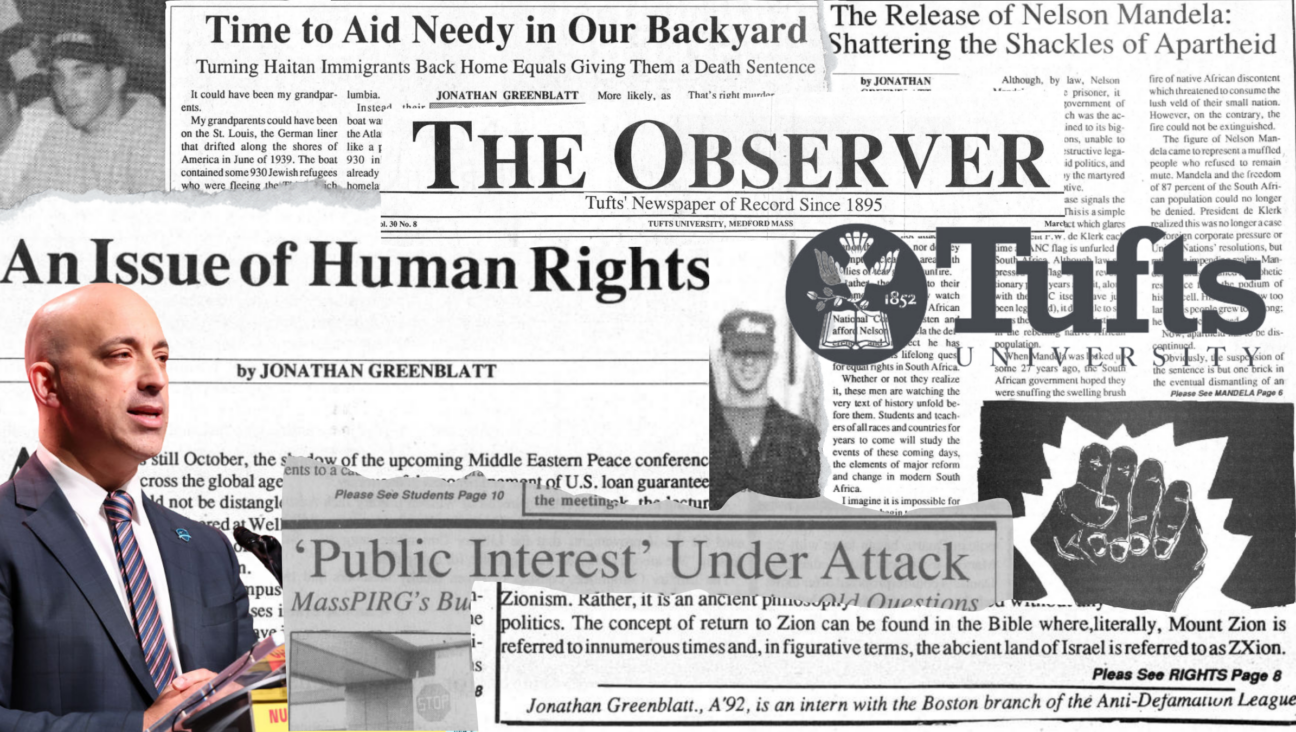The Case For Nonviolent Resistance: It’s Right And It Works

Image by Getty Images
President Donald Trump, in his press conference reversing his statement from his previous press conference which reversed his statement from his previous press conference, equated violence on the left with violence on the right. In essence he was saying that those who went to Charlottesville because of justifiable fear that neo-Nazis, White Nationalists, White Supremacists, and others from the basket of deplorables would violently attack peaceful protestors and innocent bystanders, were as culpable as the deplorables themselves. The people who showed up in camo gear with military style weapons, who brutally beat an African-American man, who marched back and forth in front of a synagogue chanting anti-Semitic slogans, and who ultimately killed a 32 year old woman, were the same according to our president, as those trying to use force and the threat of force to stop all of the above actions.
This week our president has lost any credibility that he might have had left. Even CEO’s of the most rapacious corporations (Walmart comes to mind) condemned his moral obtuseness.
The question I have been pondering is this: does this week of White Nationalist racist violence give credence to the argument of the antifa that the only logical, rational and ethical response to these people is to beat them down? Cornell West, a student of nonviolence, said that the antifa and the anarchists at the demonstration in the Park in Charlottesville saved his life, and the lives of the other clergy who were under threat of violence from the racist thugs.
Ta-Nehisi Coates has argued that it is immoral to demand that oppressed people act nonviolently. He argues that in US history, starting with the famous Boston Tea Party, all American gains have been achieved through violence or the threat of violence. Even during the civil rights movement, Coates argues, it was the threat of Malcolm X that gave Martin Luther King’s opponents the motivation for dealing with him.
Peter Beinart argues, on the other hand, that the antifa’s tactics are troubling. (It’s important to stress that he draws a strong distinction between the Antifa violence and the nazi and white supremacist violence.) Beinart’s argument is that Antifa violence is used by conservatives to justify right wing violence, which allows the right to portray itself as victims, and by using violence, the left loses the moral high ground.
I agree with Coates’ arguments but with Beinart’s conclusions.
It is obviously true that white folks trot out MLK quotes about love and nonviolence when black and brown folks are standing up to oppression and never when cops, the government, or the carceral system are the ones deploying the violence. This just makes the strong case that people who argue for nonviolence have to also make that claim in the first person plural. “You should be nonviolent!” is not as strong a moral claim as we should be nonviolent (as long as the one making the claim is actually part of the “we”).
The commitment to nonviolence is grounded in two solid foundations. A spiritual or religious commitment to being the community you want in the world; and a strategic understanding that nonviolence works more often than violence does.
Dr. King practiced and preached nonviolence, in part, as a tactic to expose the ugliness of white supremacy. That is, the institutional racism of city, state, and federal government—which was violent in both rhetoric and act—was conducted and deployed behind a veil of willful ignorance, and the cover of “normalcy.” Using nonviolent direct action as a form of agitation, tore the veil off and forcefully exposed the ugliness of the system to those who had been able to make believe it didn’t exist. The prosaic sign that said that black people were not served at the lunch counter was revealed to mean that white people were enforcing a violent structural hierarchy.
The practice of disciplined nonviolent action was rooted in the belief that most people in the country would be appalled by the blatant violent racism of the thugs and bullies, and also that acting nonviolently would create a more nonviolent world. Rabbi Aharon Shmuel Tamares states this most explicitly: It is this lesson that the Holy One of Blessing showed Israel during the last plague of the Egyptians, that when God adjudged a capital verdict on the evil one, God executed the punishment by Godself. In the language of the author of the Haggadah: “And I passed over in this night: I and not a messenger.” The Holy One of Blessing could have given Israel the power to avenge themselves upon the Egyptians; however, the Holy One of Blessing did not want to show them the way to use their own fists. And even if in the present moment it was to defend themselves from the evil ones, however, by this way [i.e. the use of violence] violence spreads in the world, and from defenders they will ultimately become pursuers.
Even at the moment of final retribution, when the victims of centuries of oppression could have wreaked justified vengeance on their oppressors, God reserved the use of violence as a Divine prerogative. God caused the Israelites to be locked away in their houses on that night so that they would be taken out of the cycle of violence. Tamares is more explicit about the claim that violence, even seemingly justified violence (“even if in the present moment it was to defend themselves from the evil ones”) only brings about more violence.
When a person raises his fist against his fellow, if he were given the ability to see, he would see how with this he carved in the air fists which are already raised against him; if he raises his leg to kick his fellow, he has already described in the air legs raised to kick him…
The romantic notion that the blazing vengeance of righteous violence will sweep away evil and cause it to turn tail and run, is counter to the way of the world, according to Tamares. Violence engenders more violence. The only way to stop violence is to stop being violent.
In addition to a belief in the religious and spiritual efficacy and righteousness of nonviolent action, it is also more effective pragmatically. Gene Sharp has been discussing analyzing and evangelizing for nonviolent resistance on the basis of its utility and pragmatic value for decades. His book listing 198 nonviolent methods of resistance is thought to have been one of the sparks that lit the Arab Spring. Until recently, however, there has not been any quantitative research into nonviolence which judged its efficacy.
In 2011 Erica Chenoweth and Maria J. Stephan published the result of their research into hundreds of cases of nonviolent and violent resistance which were aimed at regime change and found that campaigns of nonviolent resistance were twice as likely to succeed as violent campaigns (Why Civil Resistance Works: The Strategic Logic of Nonviolent Conflict). There are several reasons for this. The overwhelming reason is that the bar for nonviolent resistance is far lower, there is no need for physical prowess (even though there is a need for resolve) and, therefore, anybody can participate. When violence is introduced, participation goes down. The result is that nonviolence resistance works better than violent resistance.
In short, if confronting and dismantling white supremacy in all its forms — racism, antisemitism, xenophobia, anti-Muslim bigotry, homophobia, transphobia, classism, ableism — is part of creating a better and more just community and country, then we need to be that community now, and we need to adopt tactics that are likely to help us win. While physical violence may have a romantic glow from the gunmen of yore riding in to rid the town of its menace, or the partisans fighting in the forest, the truth is that it is not the most effective strategy by a long shot. The resistance must be a reflection of the community we want to build.

I hope you appreciated this article. Before you go, I’d like to ask you to please support the Forward’s award-winning journalism this Passover.
In this age of misinformation, our work is needed like never before. We report on the news that matters most to American Jews, driven by truth, not ideology.
At a time when newsrooms are closing or cutting back, the Forward has removed its paywall. That means for the first time in our 126-year history, Forward journalism is free to everyone, everywhere. With an ongoing war, rising antisemitism, and a flood of disinformation that may affect the upcoming election, we believe that free and open access to Jewish journalism is imperative.
Readers like you make it all possible. Right now, we’re in the middle of our Passover Pledge Drive and we still need 300 people to step up and make a gift to sustain our trustworthy, independent journalism.
Make a gift of any size and become a Forward member today. You’ll support our mission to tell the American Jewish story fully and fairly.
— Rachel Fishman Feddersen, Publisher and CEO
Join our mission to tell the Jewish story fully and fairly.
Only 300 more gifts needed by April 30

























